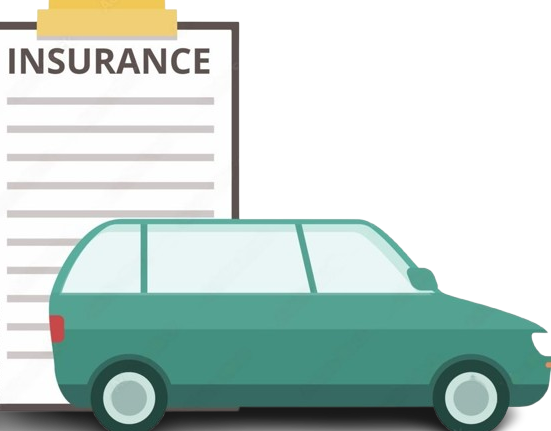Choosing the right auto insurance coverage
Choosing the right auto insurance coverage involves considering your specific needs, financial situation, and legal requirements. Here are some key steps to help guide your decision:

1 Understand Mandatory Coverage Requirements
– Liability Insurance This is mandatory in most states or countries. It covers damages to other drivers or property in accidents you’re found responsible for.
– Personal Injury Protection (PIP) or Medical Payments: Required in some states, these cover medical expenses for you and your passengers, regardless of fault.
– Uninsured/Underinsured Motorist Coverage Protects you if the at-fault driver doesn’t have adequate insurance.
2. Consider Additional Optional Coverage.
– Collision Coverage Covers repairs to your vehicle after an accident, regardless of fault.
– Comprehensive Coverage Protects against non-collision events, such as theft, vandalism, or natural disasters.
– Insurance: If you finance your car, gap insurance pays the difference between what you owe on the loan and the car’s current value if it’s totaled.
– **Roadside Assistance and Rental Reimbursement**: Helps with towing, flat tires, or rental car expenses while your vehicle is being repaired.
3. Assess Your Risk Factors
– Driving Habits If you drive long distances or in high-traffic areas, additional coverage (like comprehensive or collision) may be beneficial.
– Vehicle Value: Newer or expensive cars may require more coverage (comprehensive and collision). Older vehicles may only need liability coverage.
– Personal Financial Situation Consider how much you can afford to pay out-of-pocket in the event of an accident.
4. Balance Premiums and Deductibles –

Read also;https://mocgw.xyz/car-insurance-quotes-after-disqualification/
A higher deductible typically lowers your premium but increases out-of-pocket expenses in case of a claim.
– A **lower deductible** increases your premium but provides more immediate financial relief after an accident.
5. Look for Discounts
– Bundling Policies Combining auto with home or life insurance can lower costs.
– Good Driver Discounts Many insurers offer discounts for safe driving, completing defensive driving courses, or maintaining a claims-free record.
– Low Mileage Discounts If you drive fewer miles, you may qualify for reduced rates.
6. Shop Around –
Compare rates from multiple insurance providers to ensure you’re getting the best deal for your needs.
– Use comparison tools or seek quotes from various companies.
7. Review and Update Regularly –
Your needs may change over time, especially if you purchase a new vehicle, move to a different area, or improve your driving record. Regularly review your policy to make sure it still fits your situation.
Choosing the right auto insurance coverage
By balancing coverage with cost and carefully considering what risks you’re comfortable with, you can choose an auto insurance policy that offers the right protection for you.
- omprehensive Insurance: Covers damages to your vehicle from incidents like natural disasters, theft, vandalism, falling objects, or animal collisions. It is particularly useful if you live in areas prone to severe weather or high crime.
- Collision Insurance: This covers the cost to repair your car if you’re involved in an accident, regardless of who was at fault. It can be useful if you’re in a high-risk area for accidents or drive a newer, valuable car.
Considerations: If your vehicle is older and its value is low, you might want to skip collision and comprehensive coverage because the insurance payout may not be worth the premiums.
